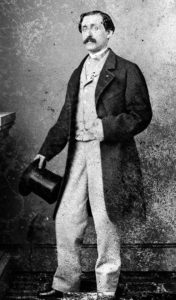Architecture
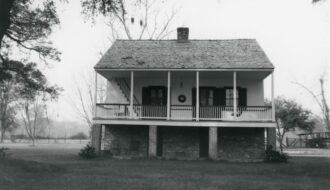
LeBeau Plantation
The LeBeau House plantation occupies one of the narrow lots typical of The Island, the area between the Mississippi and False rivers.

The LeBeau House plantation occupies one of the narrow lots typical of The Island, the area between the Mississippi and False rivers.

The legend of a displaced Acadian couple, Evangeline has played an important role in Louisiana history and culture despite its fictional nature.
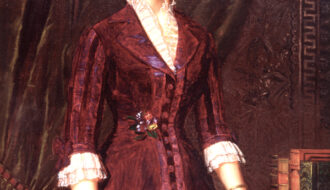
New Orleans–born Léona Queyrouze was a prolific poet, writer, and essayist.
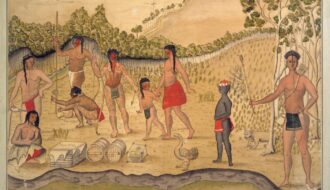
Approximately forty ethnically and politically distinct North American Indigenous polities located in the Gulf Coast region and lower Mississippi River valley made up les petites nations.
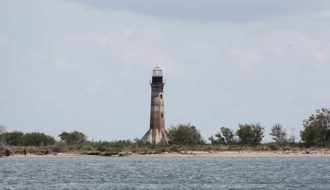
Installed in the 1800s, Louisiana's lighthouses were not only among the state's most visually dynamic buildings, but also provided a vital service for commercial mariners.
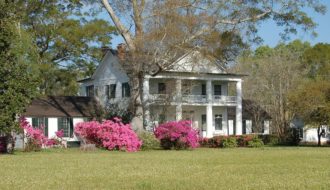
Albert G. Carter built Linwood Plantation in Louisiana from an inherited Spanish land grant.
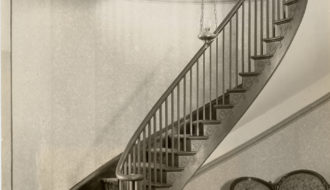
The plantation chapel at Live Oaks, built for the enslaved workers in 1840, is the last to survive in Louisiana.
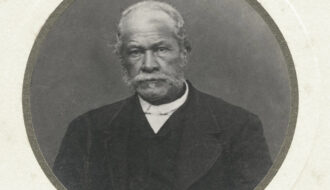
Founder of L’Union, the South’s first Black-owned newspaper, as well as the New Orleans Tribune, America’s first Black daily, Louis Charles Roudanez was a staunch abolitionist and advocate for the liberation of all Black people.
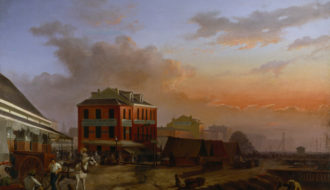
Louis Develle, a French artist active in New Orleans, was best known for his set designs at the Théatre d’Orléans.
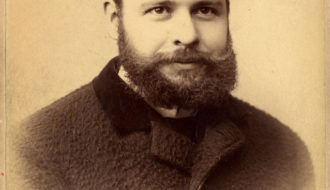
Renowned Chicago architect Louis Henry Sullivan designed only one building in Louisiana, Union Station in New Orleans.

Louis Lucien Pessou was one of the leading lithographers of antebellum New Orleans.
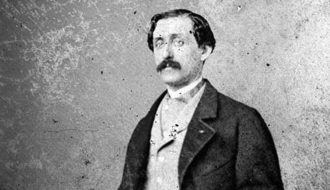
Often cited as the first American composer to gain international recognition, Louis Moreau Gottschalk wrote more than three hundred compositions and earned acclaim as a piano virtuoso.
One-Year Subscription (4 issues) : $25.00
Two-Year Subscription (8 issues) : $40.00
